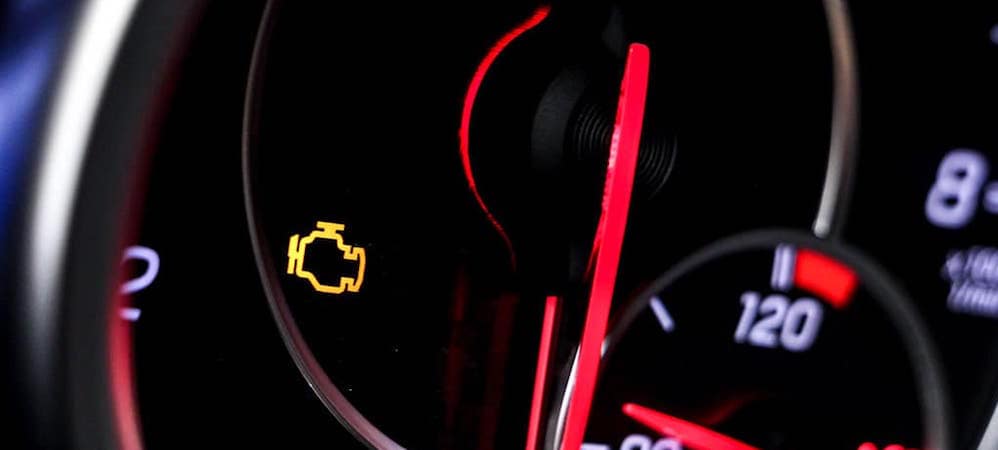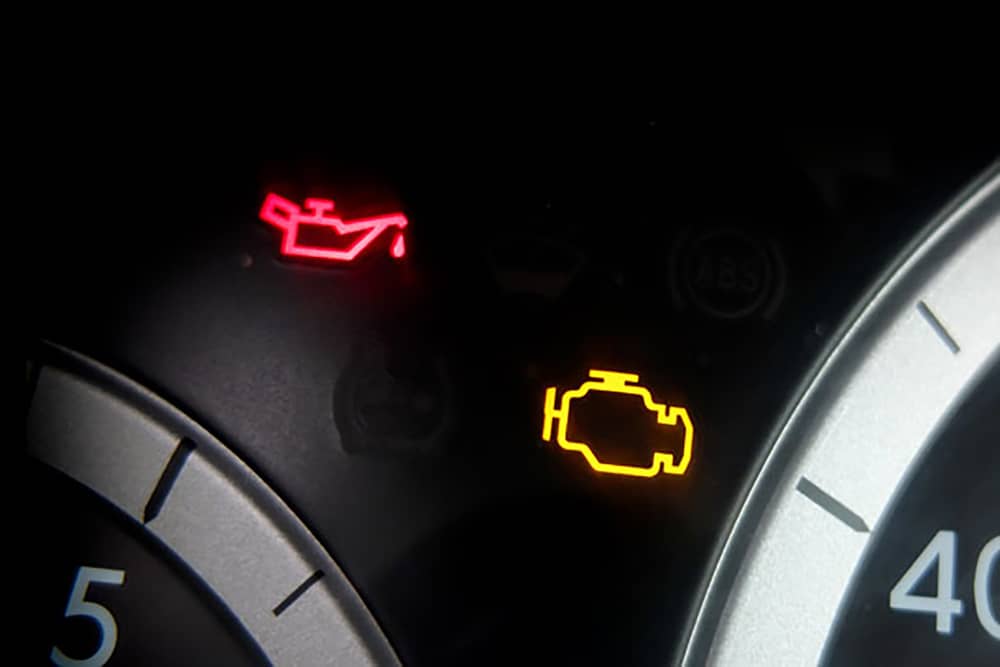The emissions system in Acura automobiles is critical for decreasing hazardous pollutants emitted into the atmosphere from the vehicle’s exhaust. However, this complicated system can occasionally develop difficulties that result in emissions-related errors. How to fix the Acura emissions system problem?
Common issues include defective sensors, leaks, and clogged parts. When the check engine light illuminates, it is critical to have the vehicle’s on-board diagnostic system tested with an OBD-II scanner. This will provide fault codes that will assist in determining the root cause.
You can fix it by changing oxygen sensors, fuel injectors, catalytic converters, or purge valves. Inspect the gas cap for worn seals and damage. You should take your Acura to a repair because they have the necessary diagnostic tools to correctly diagnose emissions issues. Fixing problems as soon as they arise helps to guarantee that the vehicle passes emissions testing and runs as cleanly and efficiently as possible.

Contents
What Are Acura Emissions System Problems?
Problems with the Acura emissions system might appear in a variety of ways. Common problems include:
Malfunctioning Oxygen Sensors
Faulty oxygen sensors can result in erroneous measurements of oxygen levels in exhaust gases. It results in an inefficient fuel-air combination and lower fuel efficiency.
Catalytic Converter Failure
The catalytic converter is critical in turning hazardous gases into less hazardous compounds. A faulty converter can cause greater emissions and decreased engine performance.
Evaporative Emission Control System (EVAP) Issues
A loose gas cap or a damaged charcoal canister can cause issues with the EVAP system. They may allow fuel vapors to escape, resulting in emission-related mistakes.
Exhaust Gas Recirculation (EGR) Valve Malfunction
Increased nitrogen oxide emissions may result from a faulty EGR valve. It also has an impact on performance and environmental compliance.
Air Injection System Problems
The air injection system is in charge of pumping fresh air into the exhaust stream to aid combustion. Problems with this mechanism may contribute to higher emissions.
Faulty Mass Air Flow (MAF) Sensor
The MAF sensor measures how much air enters the engine. It is critical in determining the proper air-fuel mixture. A faulty MAF sensor can cause pollution issues as well as decreased engine performance.
Computer or Sensor Failures
Different sensors, including pressure and temperature sensors, as well as electronic control modules, can malfunction. This leads to erroneous data and possible problems in the emission system.
How To Fix Acura Emissions System Problem?

You should identify and address specific issues to fix Acura emissions system problems. Here’s a general guide:
Check Engine Light Diagnosis
To obtain error codes from the car’s computer, use an OBD-II scanner. These codes shed light on the particular part or system that is the source of the emissions problem.
Inspect the Exhaust System
Examine the exhaust system visually for any leaks, damage, or rust. Any damaged components, such as the catalytic converter, muffler, and exhaust pipes, must be replaced or repaired.
Oxygen Sensor Replacement
Incorrect readings can result from faulty oxygen sensors. Replace any faulty sensors, which are typically found in the exhaust system prior to and after the catalytic converter.
Catalytic Converter Replacement
Consider changing the catalytic converter if it is malfunctioning. Ascertain that the new converter complies with emission requirements and is compatible with your Acura model.
EVAP System Check
Examine the EVAP system for problems. Check for damaged hoses or a defective charcoal canister, and tighten the gas cap. As needed, replace the components.
EGR Valve Inspection and Cleaning
Examine the EGR valve for appropriate operation. If necessary, clean or replace it to solve nitrogen oxide emissions.
Air Injection System Inspection
Check the air injection system for any broken valves or hoses. Make that the exhaust stream is receiving fresh air from the system in an appropriate manner.
Mass Air Flow (MAF) Sensor Replacement
Replace the MAF sensor if it is malfunctioning. Maintaining the proper air-fuel mixture requires a functioning MAF sensor.
Address Computer or Sensor Failures
To identify and replace the defective parts, have a qualified mechanic look at electronic control modules and sensors that aren’t working properly.
Professional Inspection
Consult an Acura dealership or a trained mechanic for assistance if you are unable to diagnose or resolve the problem on your own. They can identify and fix complicated emissions system issues because they have specialized equipment and knowledge.
Always follow the safety measures, and refer to the service handbook for your car for detailed instructions unique to your Acura model. Maintaining your car efficiently and in accordance with environmental regulations requires routine maintenance and quick attention to emissions-related problems.
Can I Drive With Emission System Problem?
Yes, you can drive with an emissions system problem, but it is not recommended to do so for an extended period of time. Driving with a faulty emissions system has various consequences:
Reduced Fuel Efficiency
Emissions system problems can result in an incorrect air-fuel combination. It reduces fuel efficiency and consequently raises your gasoline expenditures.
Decreased Performance
Engine performance may be affected if the emissions system fails. It can cause sluggish acceleration and a generally unpleasant driving experience.
Potential Engine Damage
Ignoring emissions system issues may cause harm to other engine components over time. It results in more extensive and expensive repairs.
Increased Emissions
A defective emissions system could cause your car to produce more dangerous pollutants. It contributes to pollution of the environment.
Check Engine Light and Inspection Issues
Driving with a faulty emissions system may cause the check engine light to illuminate, and in some areas. During vehicle inspections, this could result in a failed emissions inspection.
How To Reset Check Emission System Acura MDX?
The following are the fundamental methods for resetting the check emission system light on an Acura MDX:
- Check that the ignition is turned off. Do not turn on the engine.
- Under the driver’s side dashboard, look for the diagnostic port. It will be a rectangular 16-pin port.
- Connect the diagnostic port to an OBD-II scan tool. The majority of auto parts businesses will scan codes for free.
- Turn the ignition to “on” but do not start the engine.
- Select “erase/clear diagnostic trouble codes” or a similar option from the scan tool’s menu.
- The scan tool may prompt you to wipe just the powertrain code or all stored codes. Choose “all codes.”
- Once the codes have been cleared, return the ignition to “off” and remove the scan tool.
- Start the engine and let it run for a few minutes to reset the inbuilt diagnostic monitor.
- The check engine light should be turned off now. If it remains on or returns, there may be an underlying issue to solve.
To fully reset the monitor, you may need to drive the vehicle for 30-40 minutes and repeat some of the driving cycle actions that initially triggered the error.
Read More: What Are Acura MDX Common Problems?
How Much Does It Cost To Check The Emission System On A Acura?
The cost of inspecting an Acura’s emission system might vary depending on various factors. Here are some general guidelines:
Dealership Service
When compared to independent repair businesses, dealerships may charge a higher premium for diagnostic services. A basic diagnostic scan to examine the exhaust system can cost $75 to $150 or more.
Independent Mechanic
Independent mechanics frequently provide competitive pricing. Diagnostic services at a local shop may cost $50 to $100 or more.
Diagnostic Tools
Some vehicle parts retailers and service centers provide free or low-cost OBD-II diagnostic scans. However, these scans may only provide limited information, and you will require a more detailed diagnostic.
Complex Issues
The cost will vary depending on the complexity of the issue and the amount of time needed for diagnosis if the initial diagnostic scan identifies a specific problem.